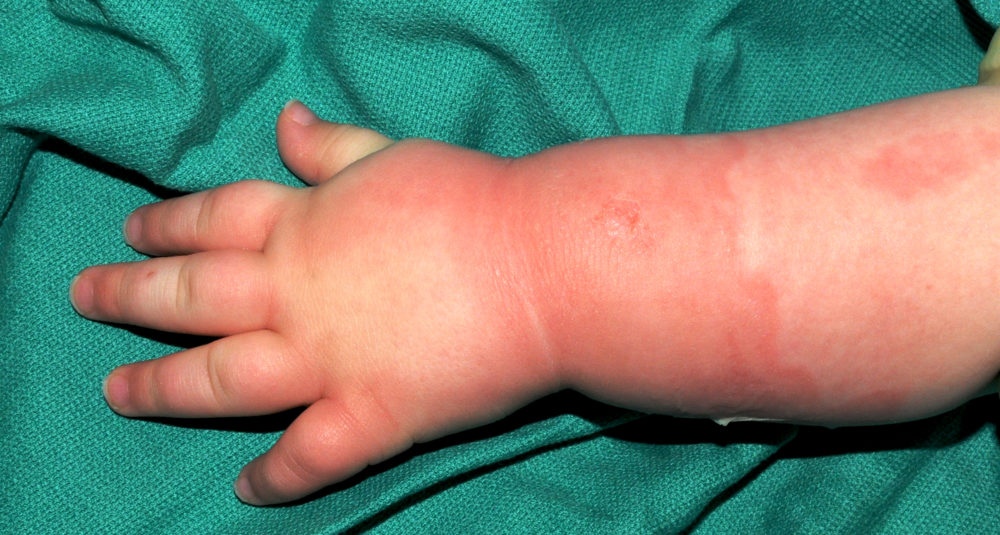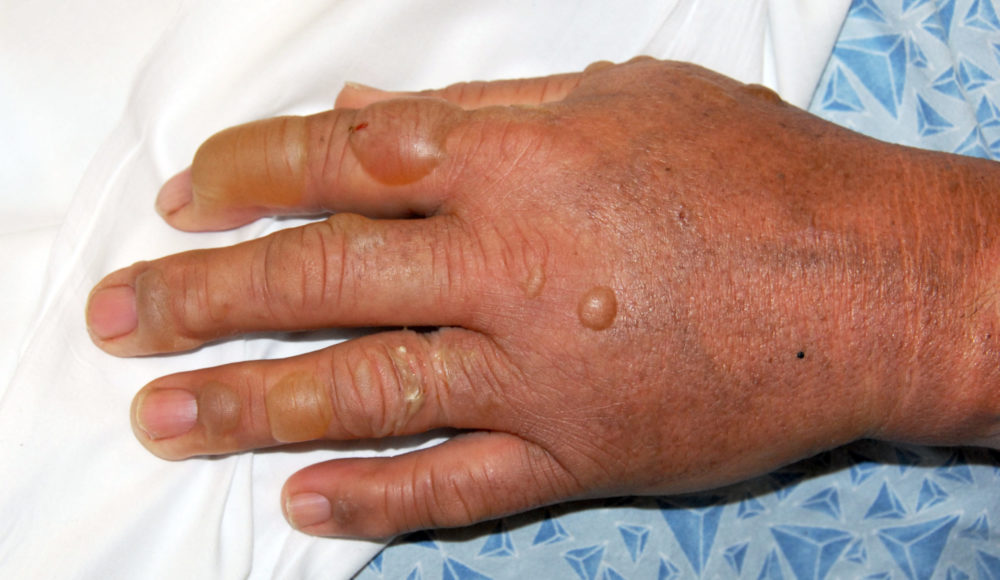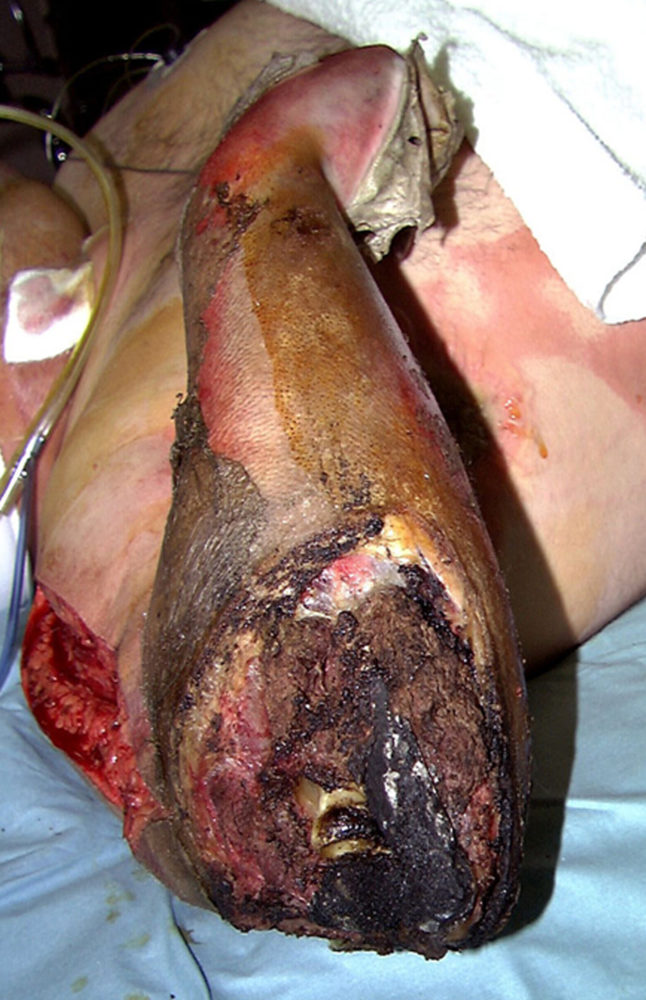Evaluate a Burn
Treating Burns at Home
Most burns occur at home or work, and the proper response is important to ensure best outcomes.
First, stop the burning process by removing the source of the burn. However, do not endanger yourself.
The next step is to remove any jewelry or clothing around the burned area. This will help prevent further damage if swelling occurs. If clothing is stuck to the burn site, do not peel it off. Instead, contact emergency services immediately.
For initial treatment of minor burns, consider a topical antibiotic ointment or cream and apply a non-stick bandage. For more severe burns, seek medical treatment immediately.
Do Not
- Do not apply butter, grease, or powder.
- Do not use cotton balls or wool to clean a burn.
- Do not apply ice directly to the burn.
Do
- Cover the burn with a dry, sterile cloth
- Use an over the counter pain medication that is safe for you.
Burn Injuries are Typically Characterized by Severity and include the Whole Range Listed Below
First Degree
- Marked by red, pink or darkened skin.
- Painful and warm to touch.
- No blisters or skin sloughing present.
- Not included in TBSA calculation.
Second Degree
- Moist, reddened, blistered and painful to touch.
- Blanch to touch.
- Risk of developing into a third-degree burn. Moreover, reassess second-degree burns to ensure the injury has not converted to a third-degree burn.
Third Degree
- Dry/tight/leathery, brown/tan/waxy or pearly white.
- Devoid of blanching or capillary refill.
- Relatively pain-free, lacking blisters and may initially appear as second-degree.
- Need skin grafting to heal
Fourth Degree
- Charred appearance.
- Extend below the dermis and subcutaneous fat into the muscle, bone or tendon.
- Treatment of these injuries may require the prioritization of preserving the patient's overall health versus treating the injured appendage.



